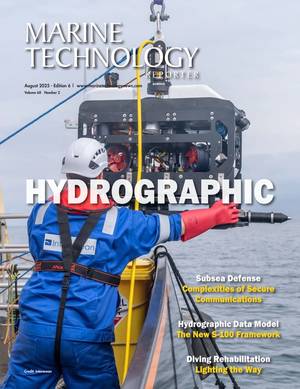
Fincantieri Launches Underwater Drone
;in terms of critical infrastructure, but also in the Black Sea".The company installed the so-called Dynamic Ecosystem for Enhanced Performance, or DEEP, at an Italian Navy experimentation center in the port town of La Spezia.The platform includes a network of underwater sensors, a control center for real-time management, a group of underwater vehicles and an AI-based system for data analysis and processing.The global market for sea drone systems is projected to reach 18.9 billion euros ($22.04 billion) by 2030 with an average annual growth rate of 15.7%, preliminary data from
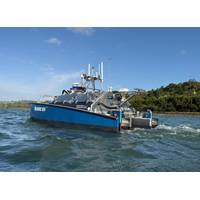
Norwegian Firm Grows USV Fleet with Additional HydroSurv Units
will see USV Kuling and USV Storm join the fleet to scale up autonomous survey operations along Norway’s coastline.The first REAV-47 USV Bris, delivered by HydroSurv to Nordic USV, has been deployed in Mo i Rana in northern Norway, and operated entirely remotely from Nordic USV’s control center in Bergen which is 786 km from Nordic USV’s Bergen base.The USV recently completed a 320 km mission in 41 hours for Aqua Kompetanse, sailing between Ranfjorden and Velfjorden to map hydrographic conditions with no field personnel on site.The vessel continues to support complex environmental
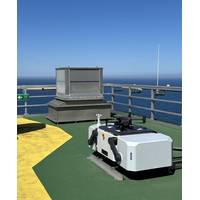
Autonomous Drones Start Service Aker BP's at North Sea Platform
Aker Solutions has installed an autonomous drone system on Aker BP’s Edvard Grieg platform in the North Sea, enabling remote inspections from shore.The company recently completed the first offshore beyond-visual-line-of-sight (BVLOS) drone operation, piloted from its onshore control center in Stavanger. The inspection flight was carried out using an installed drone on Aker BP’s Edvard Grieg platform.The drone is equipped with autonomous navigation capabilities and advanced sensors, collecting high-resolution imagery and data during its inspection rounds. The flight marks a major step

Autonomous Survey Technology: Cutting the Umbilical
have greatly enhanced remote control solutions and real-time data transfer have made it possible to do this. Infinity CPT and other payloads communicate directly with control systems on the mother vessel via a lift umbilical. The vessel's control systems communicate via satellite to the remote control center and the cloud. Infinity CPT can receive mission statements and execute them with minimal supervision. The data is automatically processed and reported to clients.Galbraith sees a future where geotechnical drilling and sampling will evolve towards fully autonomous operations on the seafloor. This
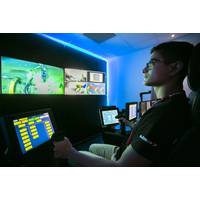
Subsea7 Confirms Remote ROV Piloting Capabilities
a high quality of operations across a variety of IRM activities.”The project involved a remote piloting upgrade of the workclass ROV system on board an ROV support vessel. Real-time remote control was achieved via a secure, high-speed, communications link to Subsea7’s Aberdeen Onshore Control Center. Subsea7 also has two onshore control centers in Stavanger, Norway
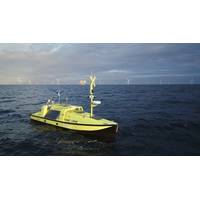
Ørsted Unveils USV for Met-ocean Measurement
.The USV is engineered for continuous operation in harsh offshore conditions for up to a year at a time. It features a built-in navigation system, which enables it to transit from shore at various degrees of autonomy, and it can be controlled both in line-of-sight or from a beyond-line-of-sight remote control center."What's so special about our USV concept is that it can bring our measurement equipment to and from our offshore sites without the need for large, specialised support vessels, and, while on site, it can operate autonomously for extended periods of time, measuring large amounts of data
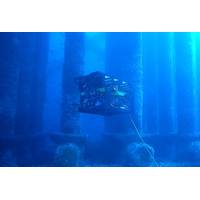
DeepOcean Deploys Its First Autonomous Drone for Inspection of Offshore Structures
an operator simultaneously oversees the operation from the ROC. The inspection data from the AID and the position of the vehicle is continuously being streamed back into the digital twin to ensure high data quality and increase situational awareness for the operator," the company said.Remote Control CenterRemota AS, the joint venture between DeepOcean, Solstad Offshore and Østensjø Group, is enabling offshore operations to be performed from onshore though digitalised control systems. Deepocean is running the AID from the Remota control center.The AID is based on a Rover MK2 ROV from
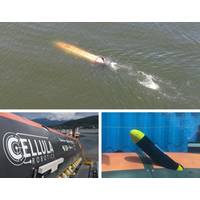
Hydrogen Fuel Cell Powered AUV Demonstrated
(AUV), Solus-LR.The missions, executed in Vancouver's Indian Arm inlet on July 15, demonstrated the remarkable autonomous launch of a micro-AUV from Solus-LR while submerged and underway. Following the launch, the micro-AUV surfaced and transmitted a status message to Solus-LR's command and control center via Iridium satellite. The operation was the first of its kind and demonstrated near real-time, over-the-horizon communications from a submerged AUV.The demonstration was observed by representatives from Trusted Autonomous Systems (TAS), the Royal Australian Navy, Royal Canadian Navy, Defense
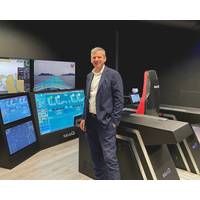
New Product: SeaQ Remote for Autonomous Ship Ops
, SeaQ Remote extends smart data-driven functionality to operational technology (OT) in the vessel hull as it enables remote operation of existing machinery systems such as engines, propellers and thrusters. Machinery is connected by sensors that can stream real-time data via the cloud to an onshore control center. Merged data from these sensors on a unified user interface provides a smarter way to gain an enhanced awareness of the status of onboard systems.Constant surveillance of OT systems using sensors also enables data-driven management of vessel operations with a fleet-wide overview from a centralized


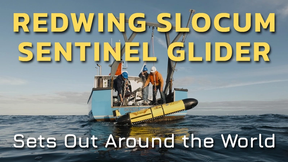
 August 2025
August 2025
